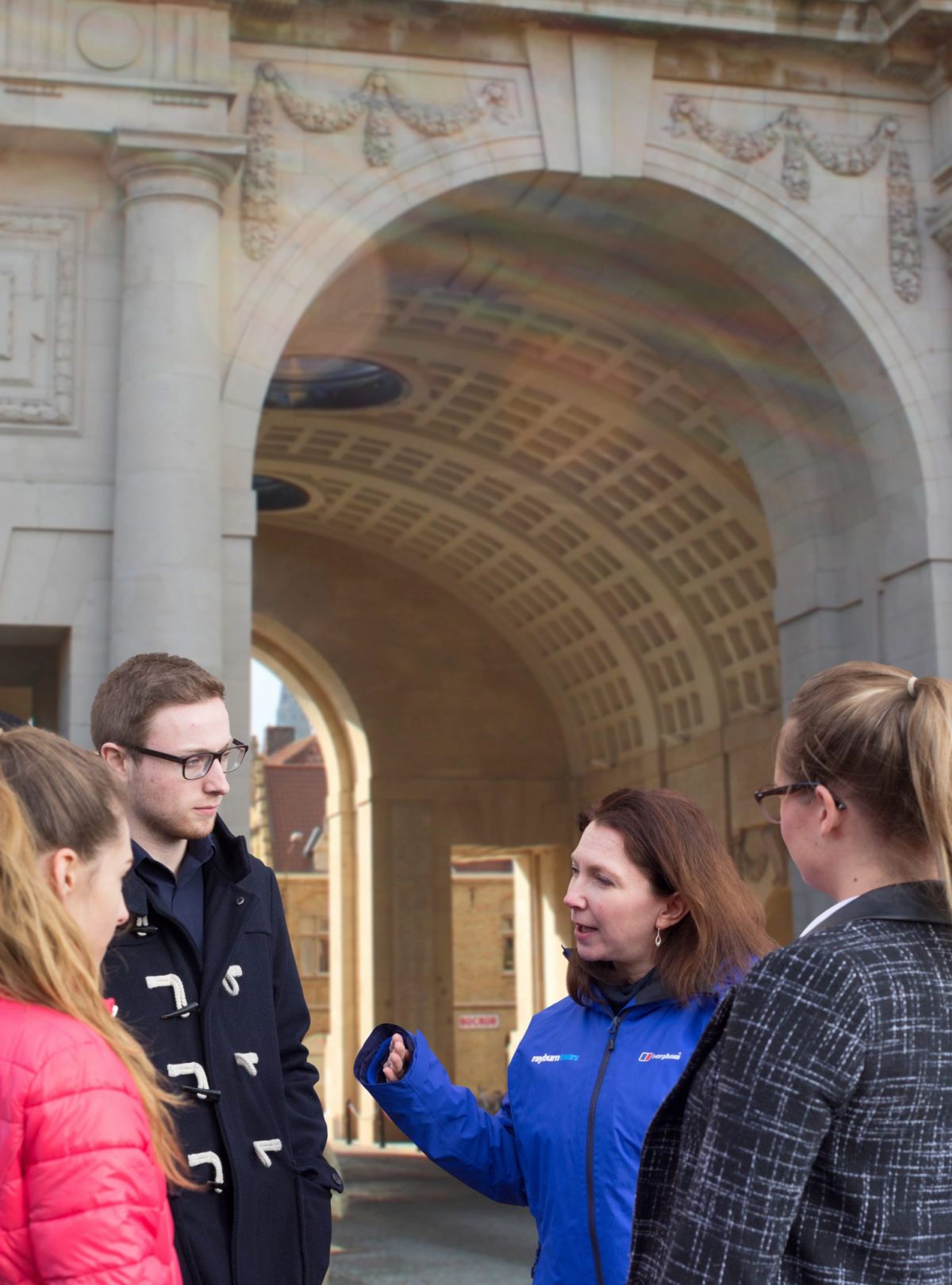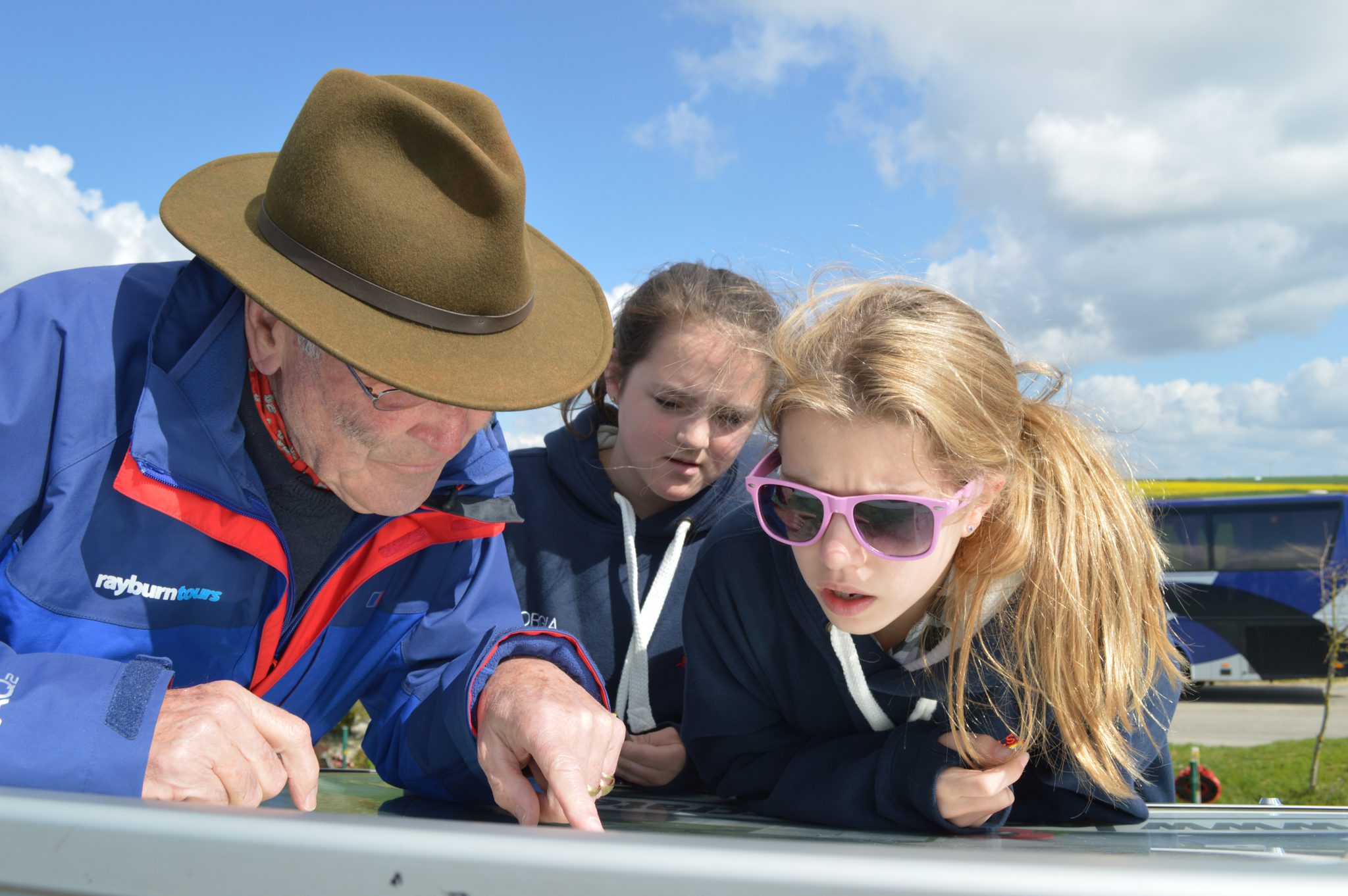
Back in July I travelled to Leeds for the annual SHP conference. In addition to setting up the Rayburn stand, it was also suggested that I deliver a fringe session. I’m interested in helping teachers and students to get the most out of history – it’s one of the many reasons why I love history tours – I like to engage with the physical presence of the past. Therefore, the fringe session I put together was about exploring the new requirement for an historical site study at GCSE.
Importance of the historical site study
As someone who puts together and delivers historical tours, I’m very excited about the historical site study. I think it offers a really practical way for young people to see the importance of history and its relationship with their environment today.
Now of course the site study, as described in the exam specs, is tied into locations in the UK. However, this isn’t a problem as Rayburn already delivers tours to parts of the UK and can continue to do so for this new requirement. Secondly, the purpose for the site study and the interrogation skills that it can develop can be (and should be) used at a variety of sites in any number of places and will improve an understanding of those places too.
Investigating a site
In the fringe session I used the OCR criteria for a site study (‘History Around Us’) as a useful set of questions and principles for investigating a site. I selected a range of sites that a school might visit on a battlefield visit or a trip to Berlin or Washington (USA) and then applied the questions in the criteria to a site e.g. the Menin Gate (Ypres), the Brandenburg Gate (it doesn’t have to be a gate) or the White House – how might information at that site be delivered differently using the criteria?
Revealing more history
What was interesting in this exercise was that nothing of the history being studied on a battlefield tour or a Cold War trip to Berlin was lost using the new approach. In fact, more of the history was revealed and in a way that would assist a student with any number of enquiry questions or for learning about that period of history in depth.
Strengthening skills
Furthermore, by using the approaches to a site study somewhere else, the students will be able to see the value in interrogating historical sites in this way, thus strengthening the use of applying skills in different historical settings.
Rayburn’s History Tour Guides
Last week at the training for Rayburn’s History Tour Guides, I led a session where we used this investigation of a site for many of the places that we take groups to – the guides all found it fascinating and have gone off to choose their own sites to investigate. It has helped them to consider new ways of delivering the information they give at various sites, as well as set them new challenges in finding out information they wouldn’t normally be required to have about those places.
Supporting historical development across the board
For us at Rayburn, it means that we can assist schools with different historical requirements, even if the tour is to learn about a specific period far away from the designated site study in the exam requirement. It means that we can help students and teachers get as much as possible from a tour and support historical development across the board.
Supporting the medieval requirements
Reflecting on the site study has been particularly useful, as we’ve been exploring some new areas to include supporting the medieval requirements now at GCSE and A Level. So our fringe session at the SHP has grown and helped us to think about what we can deliver for schools. Of course it goes without saying that engaging with the historical environment and taking students on a tour always adds value to historical understanding and knowledge.
